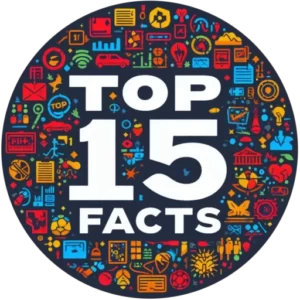Introduction
History is a tapestry woven with countless threads, each representing moments that shaped the world we know today. Wars were fought, empires fell, discoveries were made, and movements arose that left indelible marks on humanity. Within this vast chronicle, there are certain events that stand as watershed moments, forever altering the trajectory of human civilization.
15 Events That Changed the World Forever
- The Neolithic Revolution: The Birth of Agriculture
- The Rise and Fall of the Roman Empire
- The Invention of the Printing Press
- The Discovery of the Americas
- The French Revolution
- The Industrial Revolution
- The World Wars
- The Russian Revolution
- The Fall of the Berlin Wall
- The Development of the Atomic Bomb
- The Moon Landing
- The Rise of the Internet
- The September 11th Attacks
- The Arab Spring
- The COVID-19 Pandemic
1. The Neolithic Revolution: The Birth of Agriculture
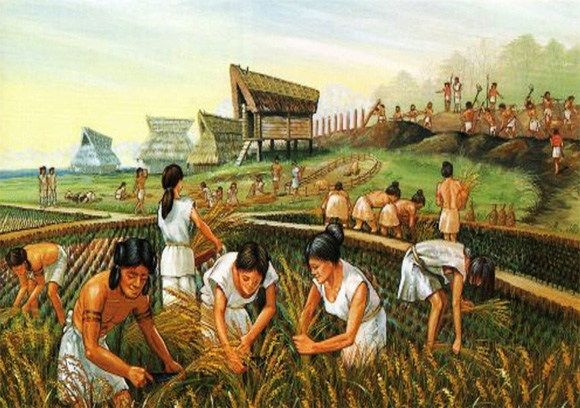
- History: Around 12,000 years ago, humans in various parts of the world began a massive shift. Instead of wandering to hunt and gather, they settled down. They domesticated plants and animals, marking the birth of agriculture.
- Myths: Some people think this change happened overnight. The truth is, it was a slow process over many generations.
- Why it Changed the World: Farming meant a steady food supply. People didn’t have to move around, so villages, then cities grew. This led to new jobs, inventions, and the beginning of civilizations as we know them.
- Impact Today: Think about where your food comes from! Even with supermarkets, farming is the foundation of how we feed billions of people today.
2. The Rise and Fall of the Roman Empire
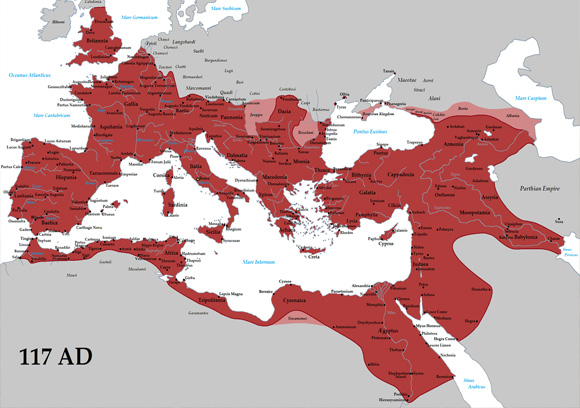
Image Source: wikipedia
- History: Rome began as a tiny city-state but grew into a massive empire dominating the Mediterranean for centuries. Its emperors were legendary figures like Julius Caesar and Augustus. But, after hundreds of years, the Empire crumbled.
- Myths: Movies often make it seem like Rome fell in one big battle. Actually, it was a slow decline due to problems inside and outside the Empire.
- Why it Changed the World: Rome spread its ideas of law, engineering, and roads far and wide. Even its language, Latin, is the root of many languages spoken in Europe today.
- Impact Today: Ever walk on a paved road or see a grand government building with columns? That’s a little bit of Rome still with us. Our legal systems also owe a lot to Roman ideas.
3. The Invention of the Printing Press
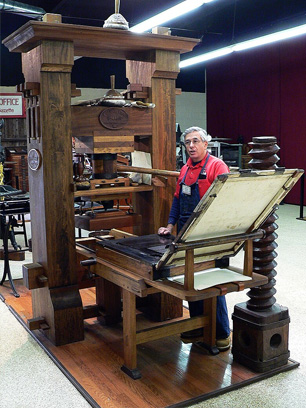
Image Source: wikipedia
- History: Before Johannes Gutenberg’s press in the 1400s, books were rare and expensive. Each one had to be copied by hand! His machine made printing much faster and cheaper.
- Myths: People sometimes think this invention made everyone instantly literate. While it helped, many people still couldn’t read for a long time after the press.
- Why it Changed the World: Ideas spread like wildfire! Religious pamphlets, scientific discoveries, and political arguments that used to reach a few people were suddenly available to the masses. This kickstarted massive changes in society.
- Impact Today: Think of how quickly news and ideas travel online. The printing press was the first real revolution in spreading information, the ancestor of everything from newspapers to social media.
Read More: 15 Mind-Blowing Facts About Ancient Civilizations
4. The Discovery of the Americas
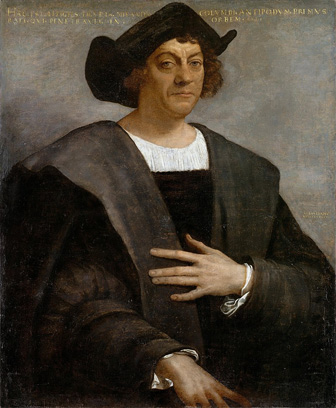
- History: Christopher Columbus, an Italian explorer sailing for Spain, reached the Caribbean in 1492. While not the first European to visit the Americas, his voyage had enormous consequences.
- Myths: Many people were taught that Columbus “discovered” a new world. The truth is, millions of people already lived in the Americas with their own rich cultures.
- Why it Changed the World: Columbus’s voyage linked continents that had been separated for centuries. It led to the “Columbian Exchange”, bringing plants, animals, ideas, and diseases back and forth across the ocean with both positive and devastating effects.
- Impact Today: The encounter between the Old and New Worlds created the diverse societies of North and South America we see today. It also reminds us of the lasting consequences of colonization and the importance of diverse perspectives in history.
5. The French Revolution
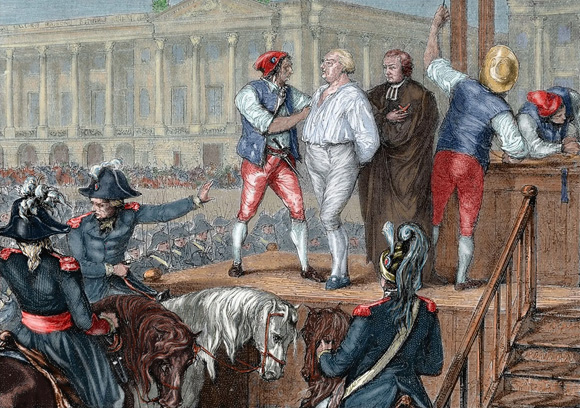
- History: In 1789, the French people rose up against their king and 贵族(noble). They demanded “Liberty, Equality, Fraternity!” This bloody revolution overthrew the old order and sent shockwaves throughout Europe.
- Myths: You might think only poor peasants were involved. But, this revolution brought together people of all classes to fight for change.
- Why it Changed the World: The French Revolution challenged the idea that kings ruled by divine right, instead promoting the power of the people. It inspired countless other movements fighting for rights and democracy.
- Impact Today: Every time you hear politicians talk about liberty or see protests demanding change, it echoes the ideals born in the French Revolution.
6. The Industrial Revolution
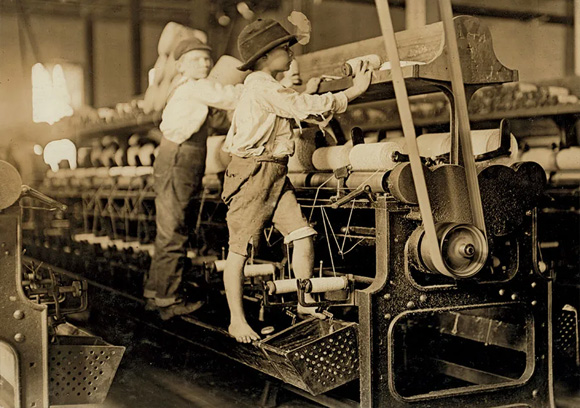
- History: Imagine everything was made by hand… then along came the Industrial Revolution! Starting in Britain in the 1700s, machines, factories, and steam power changed how things were made, and changed the world of work forever.
- Myths: It’s easy to picture this as just grimy factories, but the revolution was about invention too! New machines revolutionized everything from transportation to how we make clothes.
- Why it Changed the World: Production sped up, goods became cheaper, and cities exploded in size. It also created a new class of workers, leading to social change and labor movements.
- Impact Today: Mass production means we have access to material comforts unimaginable a few centuries ago. The Industrial Revolution also raised questions about workers’ rights and the environment that we still grapple with today.
Read More: The Top 15 Inventions That Changed the World | Discover Their Impact
7. The World Wars
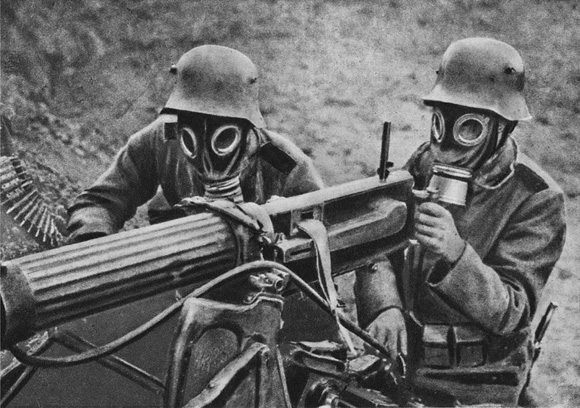
- History: The 20th century saw two devastating global conflicts: World War I (1914-1918) and World War II (1939-1945). These wars involved nations on multiple continents and caused unimaginable death and destruction.
- Myths: A common misconception is that these wars were separate events. In reality, the unresolved issues of WWI laid the groundwork for the rise of aggressive dictatorships and the even deadlier WWII.
- Why it Changed the World: The World Wars redrew the map of the world. New nations emerged, empires crumbled, and new superpowers like the United States and Soviet Union rose to prominence. The horrors of these wars led to the formation of the United Nations in hopes of preventing future global conflicts.
- Impact Today: The legacy of the World Wars lingers in international alliances, a focus on human rights, and the ever-present fear of nuclear weapons.
8. The Russian Revolution
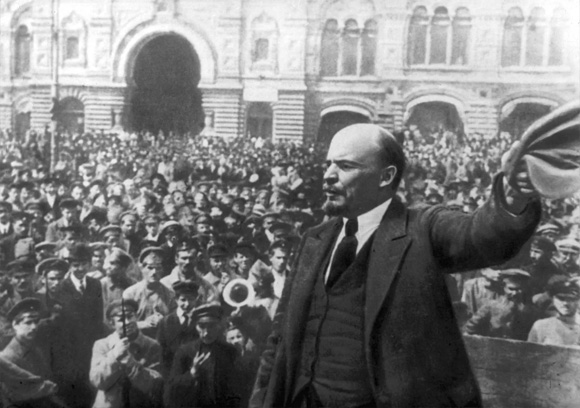
- History: In 1917, Russia was swept by revolution. Workers and soldiers, led by the Bolshevik party, overthrew the Tsar and established the world’s first communist state: the Soviet Union.
- Myths: People often imagine a single, swift takeover, but the revolution was a complex process involving multiple uprisings and a civil war.
- Why it Changed the World: The Russian Revolution sent shockwaves worldwide, inspiring other communist movements and dividing the world into capitalist and communist camps for most of the 20th century.
- Impact Today: The Soviet Union no longer exists, but its influence on global politics and the lingering idea of communism as an alternative system remain significant.
9. The Fall of the Berlin Wall
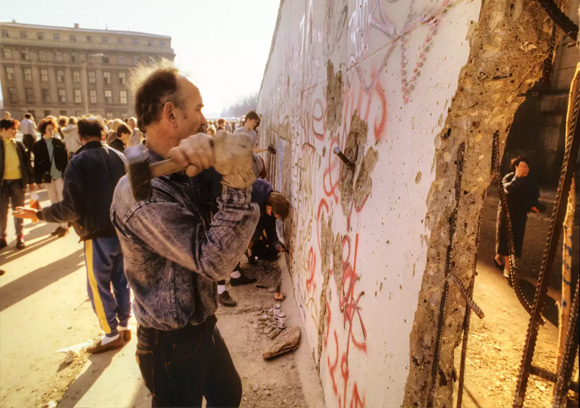
- History: For decades, the Berlin Wall was a potent symbol of the Cold War, dividing democratic West Berlin from communist East Berlin. Its fall in 1989 marked a turning point in history, signaling the imminent collapse of the Soviet Union.
- Myths: The fall of the wall didn’t mean instant change for everyone. It took time for Germany to reunite, and former Soviet states struggled with independence.
- Why it Changed the World: The fall of the Berlin Wall showed the power of popular movements to bring down seemingly invincible systems. It represented the end of an era and a wave of democratic change washing over Eastern Europe.
- Impact Today: It reminds us that political change, however difficult it may seem, is always possible. The event also led to new discussions about global alliances and the shape of Europe in the modern age.
Read More: 15 Mind-Blowing Facts About Medieval Times That Will Transport You Back in History
10. The Development of the Atomic Bomb
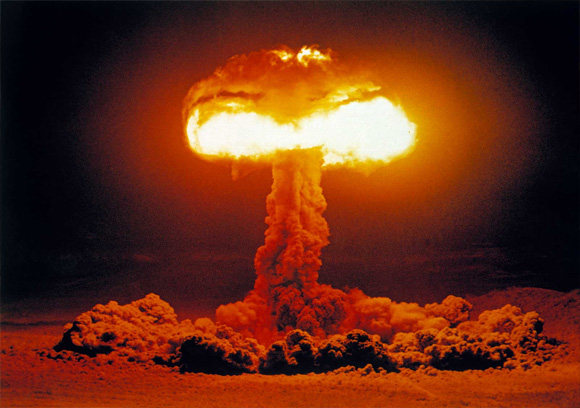
- History: World War II saw the dawn of the nuclear age with the development of the atomic bomb. The Manhattan Project, a top-secret US research program, produced the first nuclear weapons ever used in warfare.
- Myths: Some people think atomic bombs were solely responsible for Japan’s surrender in World War II, but the situation was far more complex.
- Why it Changed the World: The atomic bombs dropped on Hiroshima and Nagasaki in 1945 unleashed unprecedented destructive power and caused horrific loss of life. This event ushered in a world where humanity possessed the terrifying capability to annihilate itself.
- Impact Today: The threat of nuclear war dramatically reshaped international relations throughout the Cold War and remains a chilling reality. The development of nuclear technology also raised complex questions about power, ethics, and the consequences of scientific advancement.
11. The Moon Landing
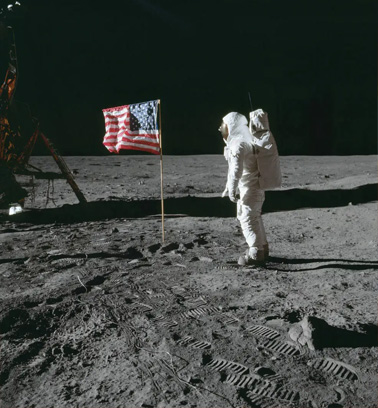
- History: In 1969, American astronauts Neil Armstrong and Buzz Aldrin became the first humans to walk on the moon. This monumental achievement was a triumph of science and technology during the Space Race.
- Myths: Conspiracy theories suggest the moon landing was faked, but overwhelming evidence proves otherwise!
- Why it Changed the World: The moon landing represented a leap in human potential, showing that even seemingly-impossible dreams could become reality. It fueled scientific ambition and sparked renewed interest in space exploration.
- Impact Today: The iconic image of the footprint on the moon symbolizes a spirit of discovery and the enduring ambition to push boundaries, driving continued innovation in space travel.
Read More: Top 15 Mind-Blowing Space Facts That Will Change Your Universe
12. The Rise of the Internet

- History: The internet wasn’t invented by one person at one time. It developed over decades, starting with early research networks and evolving into the World Wide Web in the 1990s.
- Myths: The internet isn’t a physical place! It’s a vast network of connected devices communicating with each other.
- Why it Changed the World: The internet changed how we communicate, access information, shop, learn, and entertain ourselves. It has brought the world closer and democratized knowledge in many ways.
- Impact Today: The internet shapes our daily lives. It has also created new challenges like online privacy concerns and the spread of misinformation.
13. The September 11th Attacks
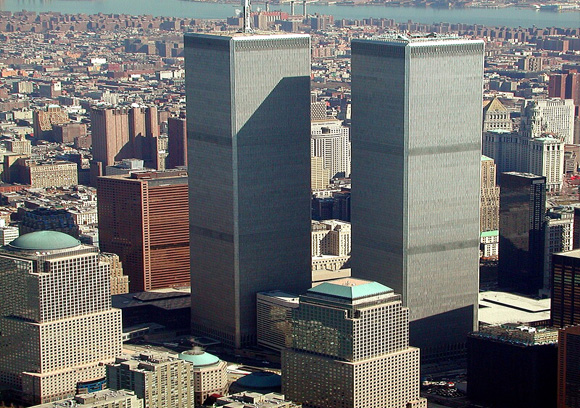
- History: On September 11th, 2001, terrorists hijacked planes and carried out attacks on the World Trade Center in New York City and the Pentagon in Washington D.C. This devastating event resulted in thousands of casualties.
- Myths: Conspiracies claiming the attacks were an inside job persist, but investigations clearly point to al-Qaeda as the perpetrator.
- Why it Changed the World: 9/11 led to major shifts in global security measures and foreign policy, including the “War on Terror”. It raised difficult discussions about the balance between security and civil liberties.
- Impact Today: The attacks continue to shape policies on counterterrorism, air travel security, and heightened anxiety about future attacks remains. 9/11 also influenced discussions about religious extremism and relations between the West and the Muslim world.
Read More: 15 Legendary Lost Treasures: Fact, Fiction, and the Hunt Continues
14. The Arab Spring
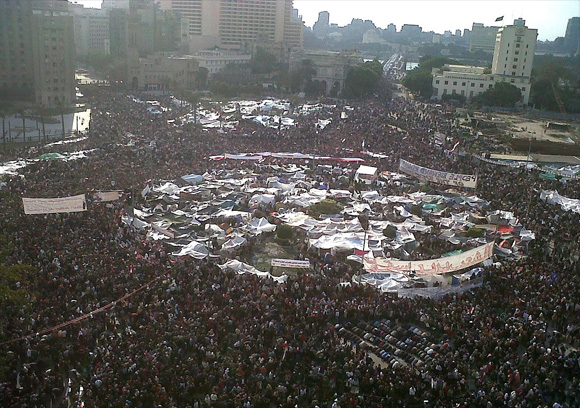
- History: In 2010 and 2011, a wave of pro-democracy uprisings and protests swept across the Middle East and North Africa, known as the Arab Spring. Citizens demanded change, toppling long-standing dictatorships in some countries.
- Myths: You might hear claims that the Arab Spring failed. The truth is, its outcomes were mixed. Some countries saw lasting reforms, while others fell into civil wars or returned to authoritarian rule.
- Why it Changed the World: The Arab Spring showed the power of people yearning for democratic change and challenged the stability of old regimes. It also highlighted how social media could be used to organize and mobilize people on a large scale.
- Impact Today: The effects of the Arab Spring are still unfolding. It sparked ongoing debates about democracy, political reform, and the complex power struggles within Middle Eastern nations.
15. The COVID-19 Pandemic
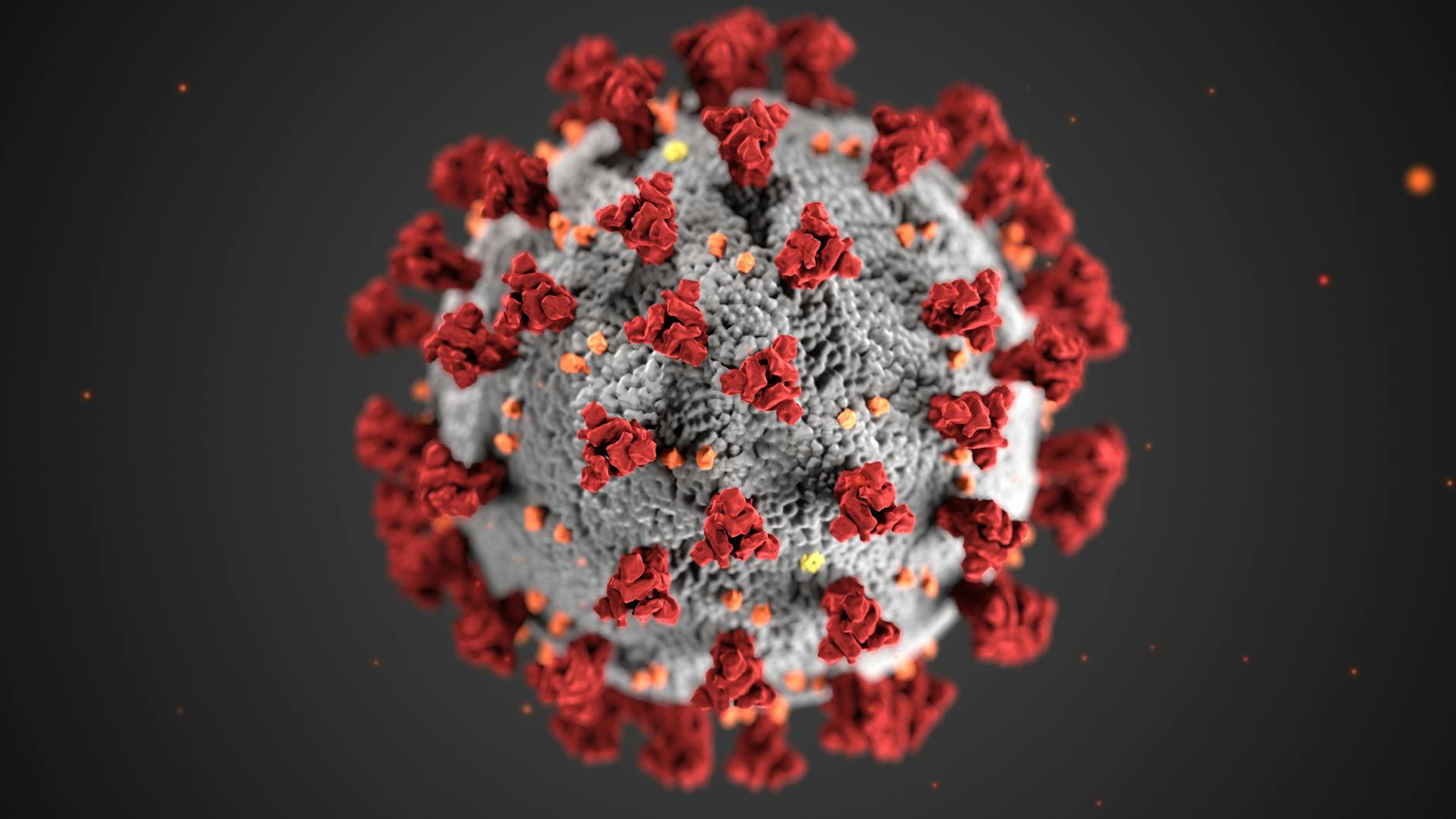
- History: The COVID-19 pandemic began in late 2019 and quickly spread worldwide. This highly contagious disease led to unprecedented lockdowns, economic disruption, and a global health crisis.
- Myths: Misinformation about the virus and its treatments spread rapidly, so it’s important to rely on trusted health sources.
- Why it Changed the World: The pandemic upended normal life, causing widespread illness, death, and profound economic and social changes. It highlighted vulnerabilities in global health systems and supply chains.
- Impact Today: The pandemic has irrevocably impacted work practices, healthcare, and attitudes towards globalization. Its long-term consequences for health, inequality, and international cooperation continue to unfold.
Conclusion:
These 15 events are mere highlights from the vast tapestry of human history. Each event, whether triumphant or tragic, has left ripples that continue to shape our world today. History isn’t a static collection of facts, but a living narrative shaped by revolutions, inventions, conflicts, and the choices of people and nations. By understanding our past, we can better understand the complex challenges and opportunities of the present.
15 FAQs (Most Asked Questions):
-
When did farming start? And why is it so significant?
Farming emerged independently in different parts of the world around 12,000 years ago. This transition from hunting and gathering to agriculture is called the Neolithic Revolution. Its significance is immense:
Reliable Food Source: Farming allowed for a more stable food supply, supporting larger populations and freeing up people to specialize in other tasks.
Rise of Civilizations: Permanent settlements and increased populations led to complex societies, trade, writing systems, and eventually, what we call civilizations.
Changes to the Environment: Humans began to alter the landscape for agriculture, foreshadowing ongoing environmental impacts of human activity. -
What caused the fall of the Roman Empire?
There’s no single “smoking gun” for the fall of Rome. It was a centuries-long decline with a complex mix of factors:
Internal Problems: Political corruption, economic troubles, overreliance on slave labor, and increasing inequality weakened the empire from within.
External Pressures: Constant attacks from Germanic tribes and other groups along the vast borders strained the military and resources.
Overexpansion: The empire simply became too big to manage effectively, leading to administrative difficulties and splits.
The Eastern Empire: It’s important to remember that the Eastern Roman Empire (Byzantine Empire) continued for centuries after the Western Empire’s fall. -
Did Gutenberg invent the first printing press?
Gutenberg’s invention was revolutionary, but he didn’t invent the very first printing. Block printing (carving text into wood) existed in China centuries earlier. However:
Gutenberg’s Innovation: He developed movable metal type, where individual letters could be arranged, making printing vastly faster and more flexible.
Spread of Knowledge: Gutenberg’s press fueled the Renaissance, Reformation, and Scientific Revolution in Europe by making texts more accessible. -
Did the French Revolution achieve its goals?
It’s a mixed bag. The French Revolution certainly achieved some of its goals:
Overthrow of Monarchy: The absolute power of kings was broken, and the ideals of “Liberty, Equality, Fraternity” took root.
Inspiration to the World: It inspired other movements fighting against oppression and for democratic rights.
However:The Terror: The Revolution descended into violence and bloodshed, demonstrating that even noble goals can be corrupted.
Rise of Napoleon: While initially proclaiming a republic, the revolution eventually paved the way for Napoleon’s rise and a return to imperial rule. -
What was the main cause of World War I / World War II?
Unfortunately, there’s no simple answer for either war. Historians still debate the relative importance of these factors:
Alliances: Europe was divided into rival alliances, meaning a small conflict could drag in major powers.
Nationalism: Intense pride in one’s nation fueled competition and willingness to go to war.
Militarism: Nations built up their armies and navies, making the use of force more tempting.
Imperialism: Competition for colonies and resources between European powers increased tensions.
WWII’s Roots: Many see it as a continuation of WWI, fueled by unresolved issues and the harsh treatment of Germany post WWI. -
Why did the Bolsheviks win the Russian Civil War?
The Bolsheviks, though initially a smaller faction, triumphed in a brutal civil war that lasted from 1917 to 1922. Several factors contributed to their victory:
Unified Leadership: Lenin and Trotsky provided strong, ruthless leadership, while their opponents, the “Whites”, were a fragmented mix of factions.
Control of Key Areas: The Bolsheviks held the industrial heartland, major cities, and crucial railway networks.
Popular Support (To an Extent): While their methods were often brutal, the Bolsheviks promised land to peasants and a better future, winning support from parts of the population tired of Tsarist rule.
The Red Army: Trotsky built a disciplined force from scratch, while the White armies struggled with coordination and morale. -
Who invented the internet?
No single person invented the internet. It was a decades-long project involving countless scientists and engineers. Here’s a simplified timeline:
Early Concepts: Ideas about computer networking emerged in the 1960s through research projects like ARPANET in the US.
The Protocols: Key breakthroughs in the 1970s and 80s, like TCP/IP protocols, laid the foundation for how computers communicate.
The World Wide Web: Tim Berners-Lee in 1989 built on existing technologies to create the web, allowing for easy document sharing and the explosion of websites.
Going Mainstream: The public widely embraced the internet in the 1990s with browsers, search engines, and commercial use. -
How did 9/11 change the United States?
9/11 was a watershed moment, transforming the US in significant ways:
War on Terror: It launched a global struggle against terrorism, including wars in Afghanistan and Iraq, with major foreign policy consequences.
Security Increase: Domestic security was massively overhauled with the Department of Homeland Security, expanded surveillance, and altered airport travel.
Patriotism and Fear: A surge of patriotism followed the attacks, but also anxieties about terrorism and profiling of certain communities.
Global Outlook: 9/11 punctured the sense of American invulnerability and reshaped its role in the world, focusing attention on the Middle East. -
What were the successes and failures of the Arab Spring?
The Arab Spring uprisings brought a moment of hope but also long-term complexities:
Successes:
Dictators Toppled: Long-standing rulers in Tunisia, Egypt, Libya, and Yemen were forced from power.
Voice to the People: It demonstrated the power of popular movements demanding change.
Failures
Civil War and Chaos: Syria, Libya, and Yemen descended into devastating conflicts, demonstrating the difficulty of transitioning to democracy.
Return of Authoritarianism: In some cases, protests were crushed, or the power vacuum left by a dictator simply led to a new one.
Unsettled Outcomes: Even in countries like Tunisia, the path to lasting democratic reform has been long and complicated. -
How did the development of the atomic bomb change warfare and international relations?
The atomic bomb unleashed a new level of destructive power, fundamentally altering the nature of war and ushering in a tense era:
Deterrence: The concept of mutually assured destruction (MAD), where superpowers hold each other at bay with nuclear arsenals, paradoxically has prevented large-scale war between them.
Nuclear Proliferation: The spread of atomic weapons to more countries became a major concern, increasing the risk of nuclear conflict or their use by rogue states.
Arms Control: To limit this risk, international treaties were negotiated to control testing and the spread of nuclear weapons.
Existential Fear: The atomic bomb introduced a looming fear of global annihilation, which still shapes foreign policy debates today. -
In what ways did the moon landing inspire and influence future scientific endeavors?
The moon landing was a scientific and technological triumph, but its impact also extended to inspiration and ambition:
Renewed Focus on Space: It reignited public interest in space exploration, leading to further NASA programs and the development of new spacecraft like the Space Shuttle.
Technological Spinoffs: Research for the moon landing stimulated advancements in materials science, computing, and miniaturization, benefiting everyday life.
The “Can-Do” Spirit: The moon landing symbolized that even audacious goals could be achieved, fostering a sense of optimism about scientific possibilities.
International Collaboration?: It raised hope for future peaceful space exploration as an international effort. While the Space Race was competitive, it also spurred scientific advancement on a global scale. -
How has the rise of the internet transformed communication and access to information?
The internet’s impact on communication and knowledge is revolutionary:
Global Connection: The internet allows near-instant communication across borders, shrinking the world and connecting people on an unprecedented scale.
Democratization of Information: Information that used to be confined to libraries or experts is available online (quality control remains an issue, of course!).
New forms of expression: Blogs, social media, and content creation have given individuals platforms to share their ideas and creativity with a wide audience.
Rise of Misinformation: The lack of gatekeeping on the internet has also made it easier to spread false information and propaganda. -
What are the ongoing economic and social impacts of the COVID-19 pandemic?
The COVID-19 pandemic has been a global upheaval, and we’re still grappling with its ongoing consequences:
Economic Disruption: Lockdowns, supply chain blockages, and shifting consumer behavior have impacted industries unevenly, leading to job losses and business closures.
Inequality Exacerbated: The pandemic has disproportionately affected lower-income communities and exposed disparities in healthcare access.
Work Redefined: Remote work has accelerated for many, and may permanently alter how and where people work.
Mental Health Toll: Social isolation, anxiety, and grief caused by the pandemic have long-term mental health implications.
Science and Public Trust: The rapid development of vaccines highlighted both scientific progress and the challenges of combatting vaccine hesitancy and misinformation. -
How did the Industrial Revolution transform how goods are produced and its impact on labor?
The Industrial Revolution marked a dramatic shift from handmade production to machine-driven manufacturing. Here’s how it changed the game:
Mass Production: Factories could produce goods much faster and more cheaply than individual artisans. This made a wider variety of goods affordable to more people.
The Rise of Factories: Production moved from small workshops to large, centralized factories, fundamentally changing where and how people worked.
**Urbanization: ** People flocked to cities for factory jobs, leading to rapid growth of urban areas and associated social problems like overcrowding and poor sanitation.
Harsh Labor Conditions: Early factory work was often dangerous, with long hours, low pay, and little protection for workers, especially children.
Rise of Labor Movements: In response to these conditions, workers organized, leading to the birth of unions and fights for improved wages and safety regulations. -
What were the major causes and consequences of the fall of the Berlin Wall?
The fall of the Berlin Wall was a symbolic end to the Cold War, but had roots in both long-term and immediate causes:
Causes:
Soviet Weakness: The USSR was facing economic troubles and internal pressures for reform.
Eastern Bloc Unrest: Pro-democracy movements were growing across Eastern Europe, inspired by Gorbachev’s reforms within the Soviet Union.
Miscommunication: A relaxed border crossing policy was misinterpreted, leading to crowds dismantling the wall unexpectedly.
Consequences:
German Reunification: After decades of division, East and West Germany reunited, reshaping the political landscape of Europe.
End of the Cold War: The fall of the wall symbolized the decline of the USSR and the end of rigid East-West divisions.
New Power Dynamics: It spurred discussions about the role of NATO, US influence in Europe, and the struggles of former Soviet states transitioning to democracy and market economies.
